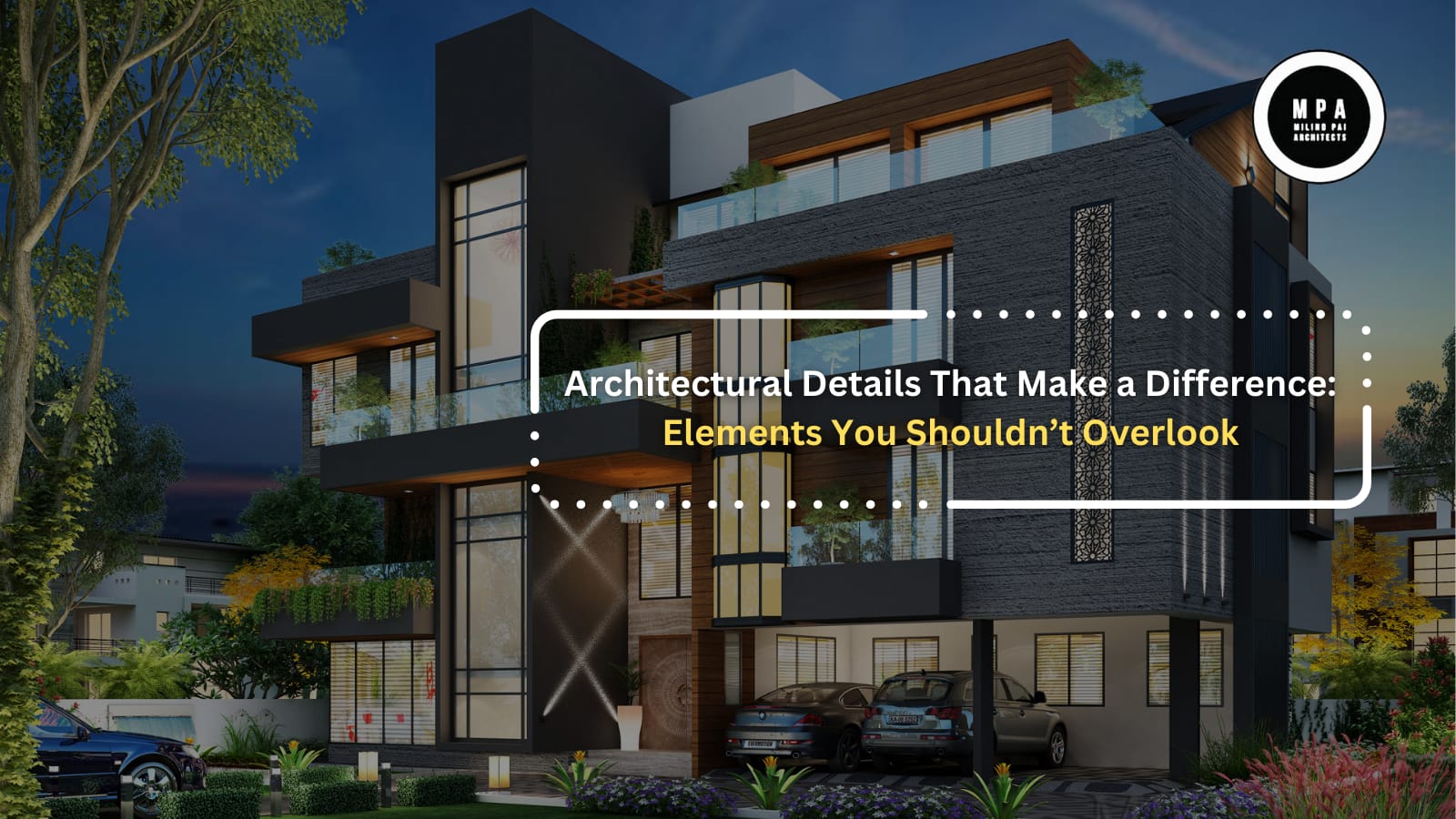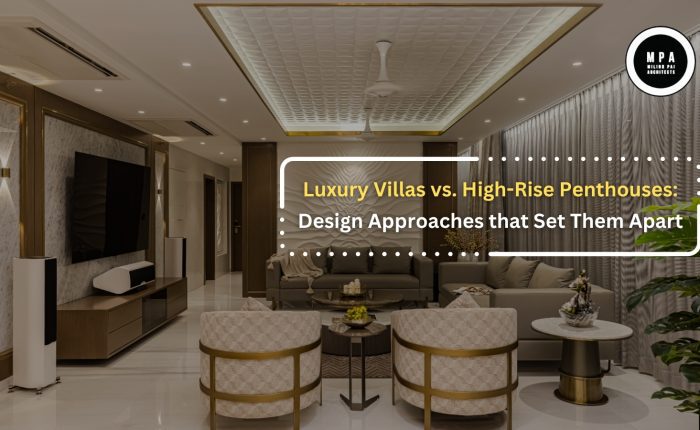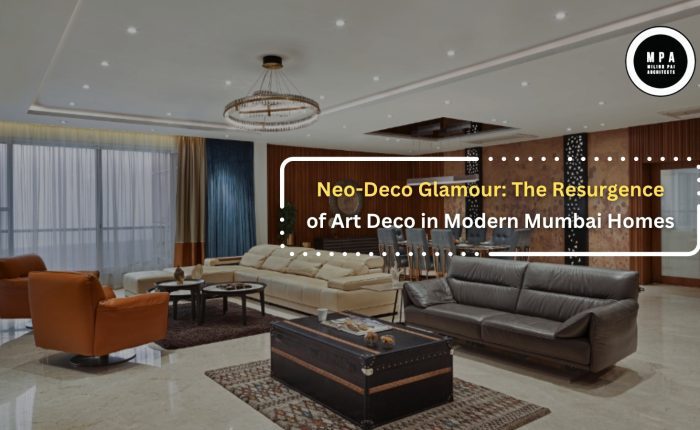Architecture is much more than creating structures; it’s about crafting spaces that inspire, comfort, and elevate the human experience. While large-scale designs often steal the limelight, the finer architectural details are what truly define the essence and functionality of a building. These seemingly small elements can create a profound impact, making your space not only visually appealing but also remarkably functional. Here are the key architectural details that you shouldn’t overlook when designing your dream space.
1. Entryways: The First Impression
The entryway sets the tone for the entire building. A well-designed door with intricate carvings, stylish hardware, or even smart technology can blend aesthetics with security. Lighting around the entryway, like sconces or recessed lights, can add a welcoming glow while enhancing visibility. Small details such as the choice of a doorknob, threshold finish, or a custom-designed doorbell can make a grand statement.
2. Windows and Natural Light
Windows are not just about views; they influence light, ventilation, and the overall ambiance of a room. Opt for carefully placed windows that maximize natural light and cross-ventilation while maintaining privacy. Consider adding features like window trims, customized shutters, or stained-glass accents for character. Window seating is another thoughtful touch that adds functionality while creating a cozy, visually pleasing nook.
3. Ceiling Design
Often overlooked, the ceiling has immense potential to enhance a room’s character. A coffered ceiling, exposed beams, or even a minimalist design with a textured finish can add depth and drama to the space. Incorporating lighting fixtures like chandeliers, pendant lights, or concealed LED strips into the ceiling design can elevate the overall aesthetic.
4. Staircase Craftsmanship
Staircases are not just structural necessities; they are opportunities for sculptural expression. Whether it’s a spiral staircase, a floating design, or one with ornate balustrades, staircases can serve as focal points. Material choices like wood, metal, or glass combined with detailed handrails and step lighting can transform this functional element into a stunning architectural feature.
5. Flooring Details
Flooring often dominates the visual landscape of interiors and deserves thoughtful attention. Patterns like herringbone, chevron, or mosaic tiles can create visual interest. Inlays, border details, or transitions between different flooring materials can subtly define spaces. Don’t forget to consider tactile comfort and durability, ensuring the flooring feels as good as it looks.
6. Cornices, Mouldings, and Skirting
These finishing touches define the edges and transitions in a room. Crown mouldings add elegance to walls and ceilings, while baseboards and skirting protect walls from scuffs and enhance the overall polish of the design. These details are available in a range of styles, from classic to contemporary, making it easy to align them with your design vision.
7. Built-In Storage and Shelving
Functional yet aesthetic, built-in storage and shelving blend seamlessly into the architecture while optimizing space. Custom shelving in niches or under staircases, window benches with hidden compartments, or modular wall units are practical solutions that also elevate interior appeal.
8. Outdoor Integration
Outdoor spaces like patios, balconies, or verandas deserve just as much attention as interiors. Features such as pergolas, intricate railing designs, or bespoke planters can bridge the indoors and outdoors beautifully. Additionally, incorporating durable and stylish materials ensures these areas remain inviting for years to come.
9. Smart Technology Integration
Modern architecture benefits greatly from smart technology. Subtle details like concealed wiring, recessed speakers, automated lighting systems, or integrated HVAC controls maintain the design’s sleekness while enhancing usability. These features ensure the space is future-proof and user-friendly.
10. Sustainable Elements
Sustainability is a growing priority in architecture. Small details like solar panels integrated into roofing, rainwater harvesting systems, or energy-efficient windows contribute to a greener footprint. Thoughtful material choices, like reclaimed wood or locally sourced stone, bring a unique character while supporting eco-conscious design.
Conclusion
Architectural details may seem minor, but their impact on the overall design is monumental. They tie together the elements of functionality, aesthetics, and comfort, leaving a lasting impression on inhabitants and visitors alike. By paying attention to these details during the planning and execution stages, you can create a space that is not only beautiful but also deeply meaningful and efficient. After all, it’s the smallest details that often leave the biggest mark.
From Concept to Creation, Our Interior Designers Are Here to Make Your Dream Space a Reality. Call on +91 22 26732274 /+91 8082320002 / +91 22 49635698 and Get in Touch!



